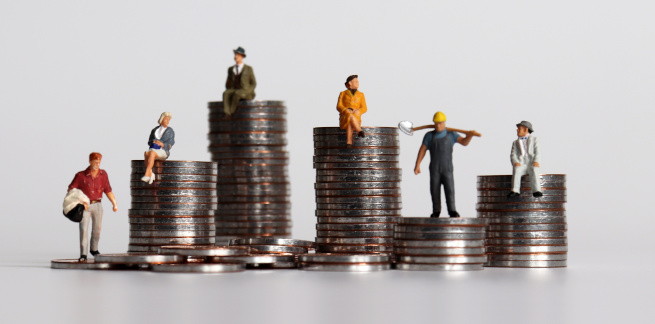New data from the Australian Bureau of Statistics (ABS) has revealed the Consumer Price Index (CPI) rose by 2.1 per cent over the March quarter.
During the year to March, the CPI rose by 5.1 per cent, pushed mostly by higher dwelling construction costs and automotive fuel, which had soared by 11 per cent.
Trimmed mean annual inflation, which excludes extreme price rises and falls and is the Reserve Bank of Australia’s (RBA) preferred measure of inflation, rose to 3.7 per cent, the highest since March 2009. In the previous quarter, the trimmed mean came to 2.6 per cent.
On a quarterly basis, the measure was up by 1.4 per cent in the three months to March – the strongest movement since the ABS began its records in 2002.
The RBA has previously signalled that it would only raise the cash rate from its current record low of 0.1 per cent when it was convinced that its target range of 2-3 per cent annual inflation could be sustained – meaning annual wages growth would also need to rise to above 3 per cent.
Earlier in April, Reserve Bank governor Philip Lowe confirmed the ABS inflation data, alongside new wages data would be key to determining the path of the cash rate.
Many economists have forecast the first of a series of cash rate increases will take place in June.
Looking at one of the larger drivers for the inflation surge, new dwelling prices for purchases by owner-occupiers were up by 13.7 per cent during the year to March – the largest rise since September 2000, following the introduction of the GST.
Michelle Marquardt, head of prices statistics at the ABS explained newly built dwellings had been hit by “continued shortages of building supplies and labour, heightened freight costs and ongoing strong demand”.
“Strong demand combined with material and labour supply disruptions throughout the year resulted in the highest annual inflation for new dwellings since the introduction of the GST,” Ms Marquardt said.
The largest rises in newly constructed home prices were recorded in Perth (up 15.8 per cent), followed by Brisbane (+6 per cent) and Melbourne (+4.7 per cent).
Ms Marquardt noted there were also fewer construction grants from the government compared to the previous quarter, as HomeBuilder and other similar state-based programs had come to an end.
“These grants have the effect of reducing out of pocket expenses for new dwelling purchases,” the ABS explained.
Annual price growth for new houses had continued to shoot up from the June quarter last year, when it had been 1 per cent. But the new result is still a sizeable rise from the previous quarter’s annual growth rate of 7.5 per cent.
Meanwhile, petrol, which was up by 11 per cent, had rocketed up on the back of a global price shock, following the Ukraine invasion and eased COVID restrictions.
“Annual price inflation for automotive fuel was the highest since the 1990 Iraqi invasion of Kuwait,” Ms Marquardt said.
The largest rise was observed in Adelaide (up 12.6 per cent), followed by Darwin (up 12 per cent) and Brisbane (up 11.9 per cent).
Ms Marquardt reported there had been fuel price rises across all three months of the March quarter.
Notable rises were also recorded across the food group (+2.8 per cent), reflecting high transport, fertiliser, packaging and ingredient costs, as well as COVID-related disruptions and herd restocking due to favourable weather.
[Related: Australian property market: 'Finally hit the wall']
 ;
;
